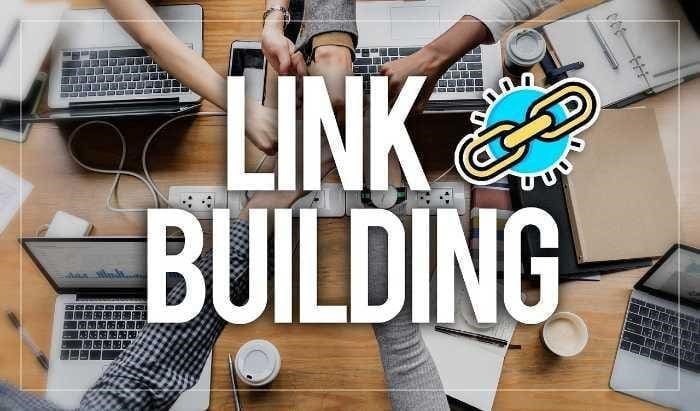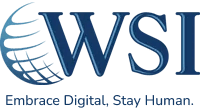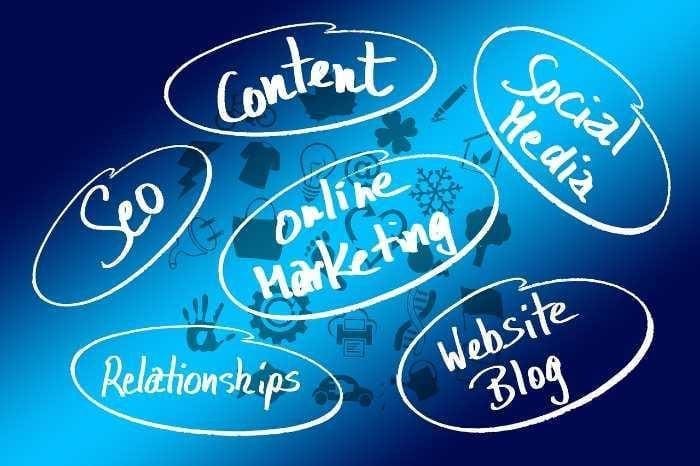To increase traffic to your website and improve your search engine ranking, it is important to understand the different types of SEO. There are four main types of SEO: on-page, off-page, technical, and local SEO. By understanding each type and how to optimize your website for each, you can improve your chances of achieving better google search results.
On-page SEO
On-page SEO is the art of improving individual web pages to rank higher and attract more relevant traffic in search engines. On-page SEO refers to both the content and source code of a webpage that can be improved. Some of the most important on-page SEO factors include title tags, meta descriptions, header tags, image alt text, page titles, and keyword density.
When it comes to title tags, it is important to keep them short and descriptive. Meta descriptions should also be brief and keyword-rich. In terms of header tags, H1 tags are typically used for the title of an article or post, while H2 tags are used for subheadings. Image alt text is important because it allows Google to index images and display them in image search results.
Lastly, keyword density is a measure of how often a given keyword or phrase appears on a page. A good rule of thumb is to keep your keyword density around 1-2%. Try to avoid keyword stuffing. By following these on-site SEO tips, you can help your pages rank higher in search engine results pages.

Off-page SEO
Off-page SEO refers to the actions taken outside of your website to impact your ranking within search engine results pages (SERPs).
Many different factors come into play when it comes to off-page SEO, but some of the most important include link building, social media engagement, and online reviews. Link building involves getting other websites to link back to your site. The more high-quality links you have pointing to your site, the higher you will rank in search queries.
Most commonly white hat SEO and black hat SEO techniques are used for link building. For off-page SEO to be effective, the backlinks must be of high quality and come from websites that are relevant to the website being promoted. In addition, the anchor text (the text that appears on the link) must be keywords that are relevant to the website’s content.
Social media engagement is another important factor, as it shows search engines that your content is being shared and talked about online. Finally, online reviews can help to boost your SEO by giving potential customers an idea of what others think of your business.
Overall, off-page SEO is a vital part of any digital marketing strategy. By taking steps to improve your visibility and attract more links, you can help ensure that your website ranks highly in SERPs for relevant keywords and searches.

Technical SEO
Technical SEO refers to the process of optimizing a website for Google’s search algorithm. It involves improving the site’s code, structure, and content so that Google can easily crawl and index the site. Technical SEO can also involve improving the site’s speed and mobile friendliness. By improving these factors, you can improve your site’s ranking in Google’s search results.
Consequently, improved rankings can lead to more traffic and higher conversion rates. If you want to improve your site’s technical SEO, it’s important to work with an experienced SEO agency or consultant. They will be able to audit your site and make recommendations for improvements.
Mobile Friendliness
When it comes to making a website mobile-friendly, there are a few key things to keep in mind. First and foremost, it’s important to ensure that your site is technically sound from an SEO perspective. This means ensuring that your site is correctly indexed by search engines and that all of your content is easily accessible to mobile users.
Secondly, you’ll want to make sure that your website design is responsive and user-friendly. This means making sure that your pages resize and reformat correctly on smaller screens and that all of your links and buttons are easy to tap. Finally, don’t forget about the user experience! Mobile users have different needs and expectations than desktop users, so it’s important to take this into account when designing your site.
Website Speed
Search engine optimization is a complex and ever-evolving field, but one of the most important factors continues to be website speed. Search engines favor websites that load quickly, and visitors are less likely to stick around if they have to wait too long for a page to load. Many things can affect page speed, from large image files to poorly coded plugins. Here are a few things to consider if you want to make sure your website is as fast as possible:
- Image Optimization: Large image files can cause significant delays, so it’s important to make sure that your images are as small as possible without sacrificing quality.
- Caching: Caching can help to speed up the loading time of frequently accessed files by storing them in memory.
- Code Optimization: Badly written code can lead to several issues, including longer loading times. If you’re not a developer yourself, it’s worth working with a professional to ensure that your code is clean and efficient.
Local SEO
Local SEO is the process of optimizing a business’s online presence to attract more customers from local search results. This can be done by optimizing the website for relevant keywords, creating localized content, and building citations on popular directories and review sites.
Local SEO is an important part of any marketing strategy for businesses that want to increase their visibility in search engine results pages (SERPs) and attract more customers from their local area. When done correctly, it can lead to increased traffic, higher conversion rates, and improved ROI.
Conclusion
All in all, there are four main types of SEO that you need to be aware of. These will help you form a comprehensive SEO strategy and make sure your website is covering all its bases. Which type of SEO do you find most helpful for your business?
Other Popular Posts:






